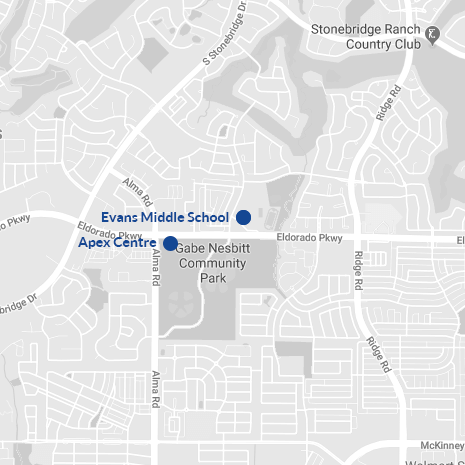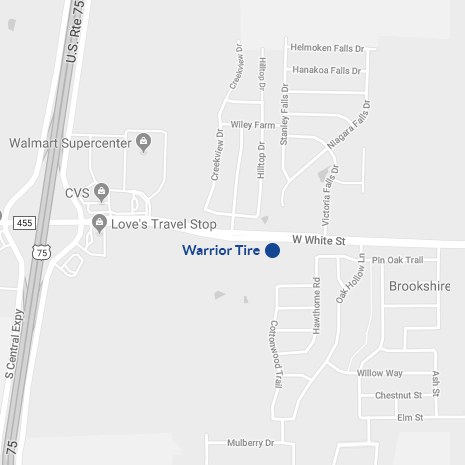Q: How long is the complimentary consult?
A: We schedule one hour for this visit. Typically, Natalie, our treatment coordinator, will be by your side to introduce you to Dr. Packard and the PFO family.
Q: How long are the different appointments?
A: There are various appointment types, depending on your stage of treatment. Here is a list of estimated time commitments:
Initial records/separators (generally together for new patients): 40 minutes
- Take pictures before treatment, X-rays, molds
Initial banding/bonding (generally together): 90 minutes
- Putting on partial or full braces
Appliance delivery: 20-30 minutes
- Provide retainers, bite plates, expanders, etc
Adjustment (most common appointment type throughout the treatment): 20 minutes
- Adjust wires, brackets, appliances, elastic color changes, supplemental X-rays, etc.
Detailing: 30 minutes
- Finishing detail work of your new smile
Deband/debond: 60 minutes
- Removing the braces
Final records: 30 minutes
- Take pictures after finishing treatment, X-rays, molds
Retention: 10-20 minutes
- Check/adjust retainers (be sure to bring retainers with you to each visit!)
Q: How long will I have to keep my braces on?
A: Timing varies, but most orthodontic needs can be adequately treated within three years. Here are some reasons for the variability:
- Patient’s personal goals for treatment vary
- Number of treatment phases decided upon
- Patient compliance
- Patient’s biologic response to orthodontic treatment (your teeth may not move in the exact same way as the patient in the chair next to you)
Q: How long do I have to wear my retainers?
A: Straightening teeth and modifying jaw relationships may take time, but this time is dwarfed in comparison to the time needed for retention. After we have moved your teeth to the desired position, we will choose retainers that best fit your preference and circumstances. The general recommendation is: “You need to wear your retainers for as long as you want to keep your teeth at or near their finished position.” This is because teeth adapt to facial growth changes throughout life and may move away from their finished positions with time.





